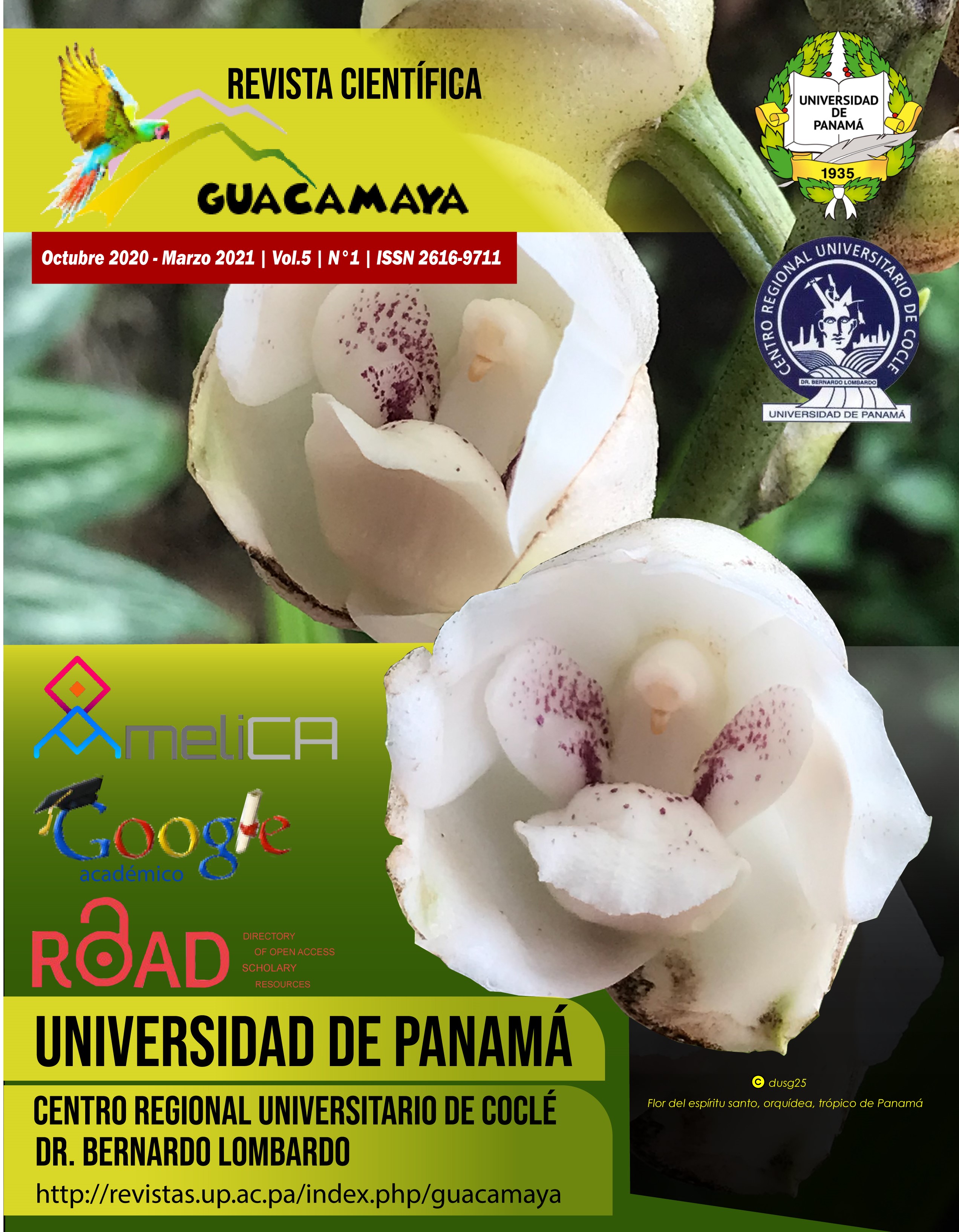

In 1998 we started the work of educational supervision in a very impoverished region, located between the districts of Cañazas in Veraguas and Ñurun in the Nogöbe Buglé region. It is there where the need arises to start the study of a comprehensive, sustainable and participatory strategic plan among the groups and families of the educational communities; made up of a population eager for knowledge and experiences, capable of contributing to the enrichment of the culture of the school, the community and the social environment. The educational extension began in the 23 communities of Supervision Zone # 23 with the purpose of creating the Center Educational Project of each school and community, at the same time, compiling all the information required to develop together, the Zonal Strategic Plan, conducive to the creation of the General Basic Education Center Hermana María Mercedes Pérez, from Bale Ñurun, today converted into an important and successful Institute. In addition to this conquest, the equipment was obtained, the achievement of 26 hectares of land and other significant educational and social achievements.
It is important to note that in 2001 a similar project was started in the area located between San Francisco and Santa Fé, and in less than three years, a new educational project was established, called the General Basic Education Center of San José # 2, and the community received the benefits of the potable water service with its rural aqueduct.
The realization of work and study meetings in the communities for Research and social interaction, contributed to promoting and strengthening a community awareness to face the solution of the most pressing needs of its inhabitants, as well as improving the quality of educational extension, in areas remote and vulnerable due to the socioeconomic condition of the population.